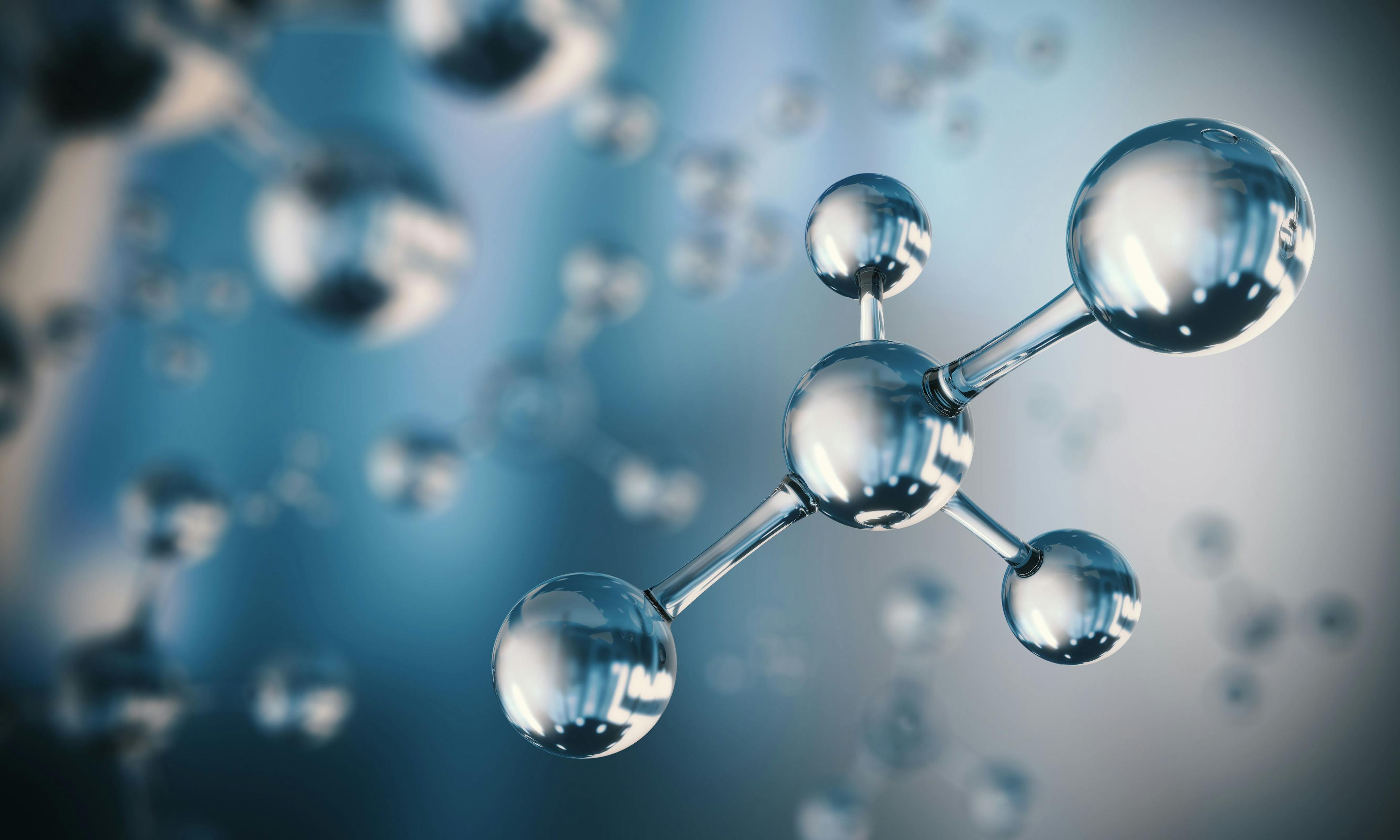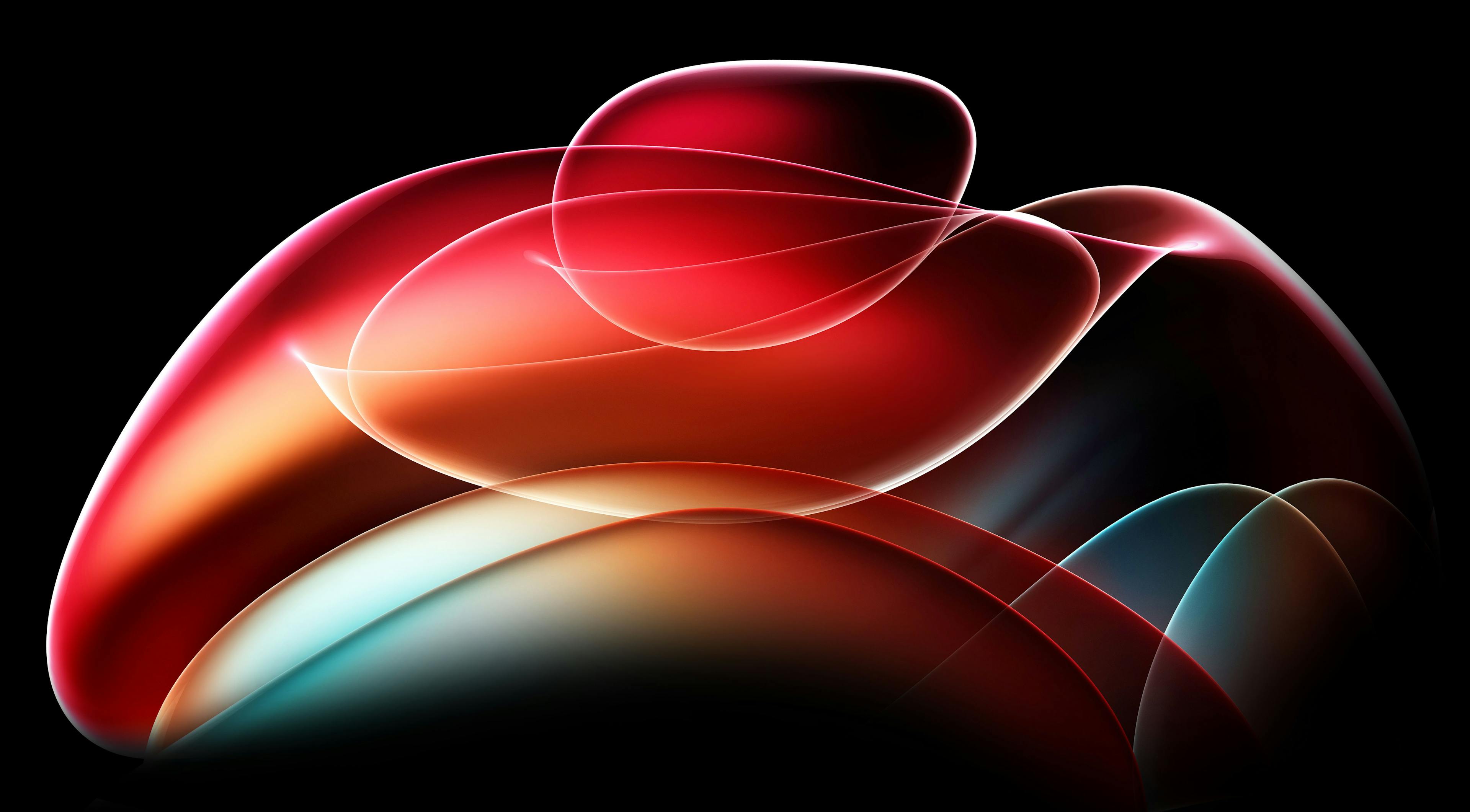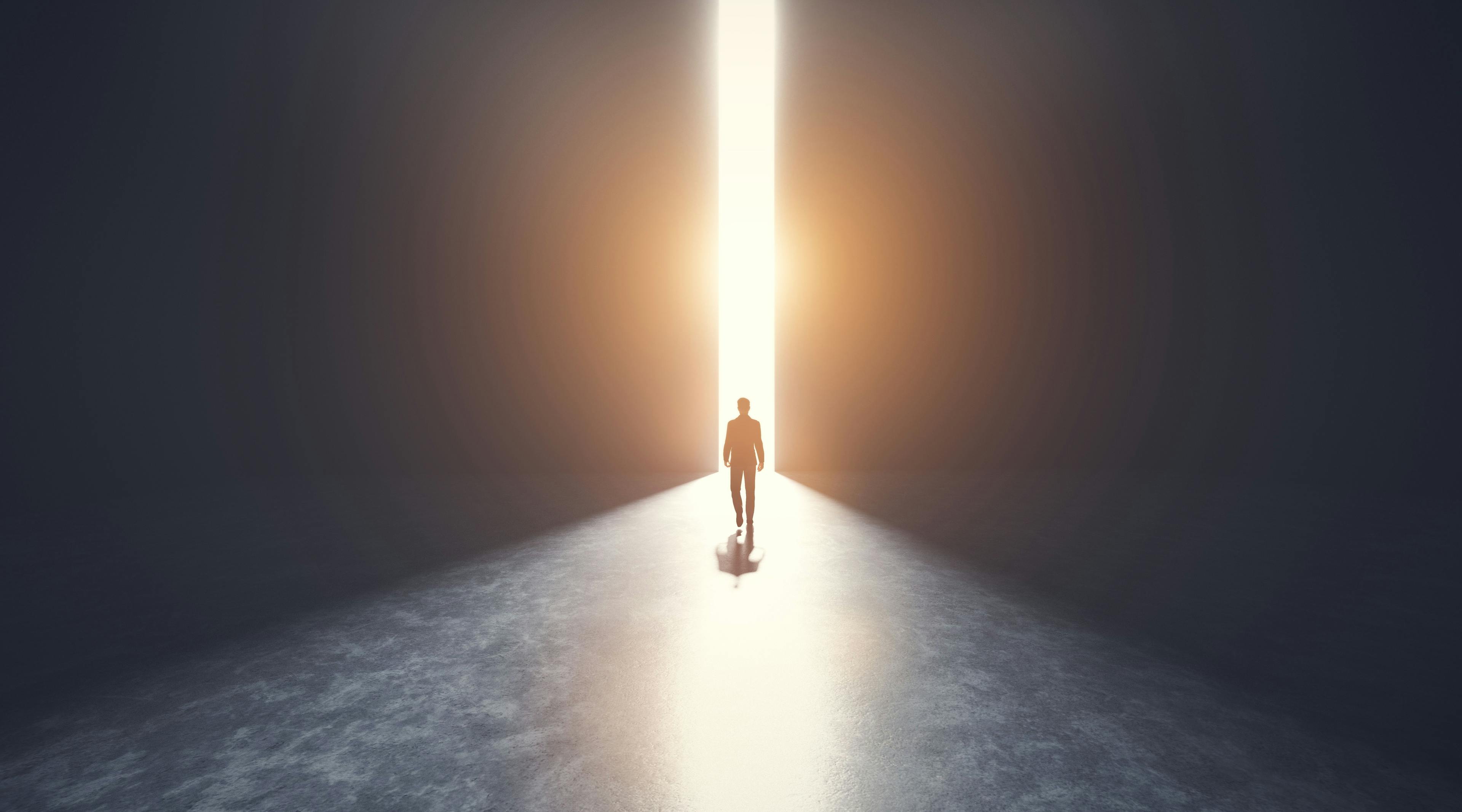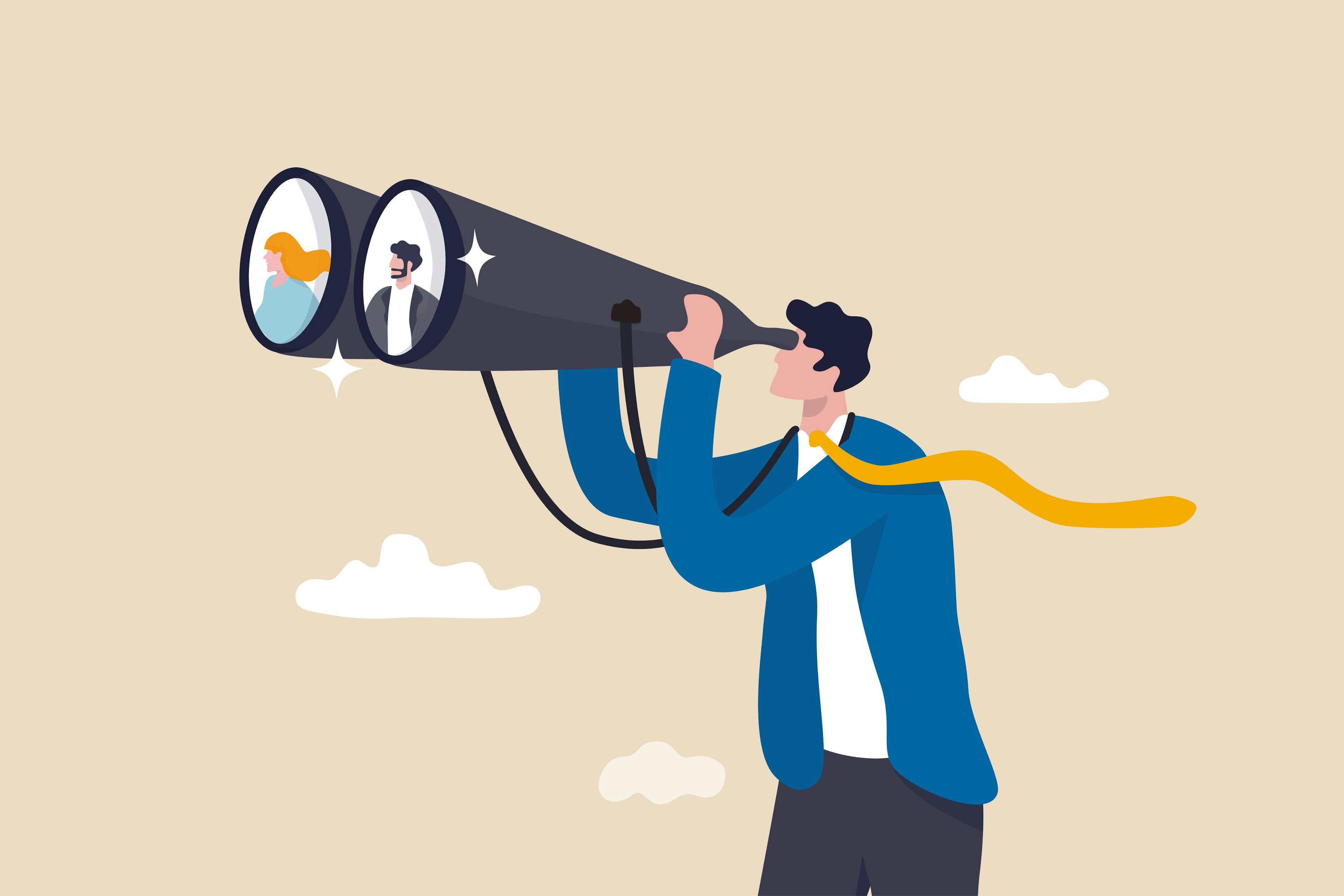One-Dimensional Simultaneous Achiral and Chiral Analysis
Most molecules with therapeutic value have at least one chiral center, requiring resolution of both achiral and chiral impurities. Separate achiral and chiral methods are the most used methodologies, but two-dimensional (2D) methods and columns in series have also been implemented. Having a mixed-mode column that can provide both achiral and chiral resolution in one-dimension (1D) would significantly improve impurity profile understanding and reduce testing workload.
Most biologically active molecules contain at least one chiral center, and the number of therapeutically relevant chiral molecules continues to increase. Given that biological targets recognize their ligands in three dimensions, it is expected that molecules with a higher degree of a three-dimensional (3D) shape will have increased affinity and specificity with their targets (1). Given this specificity, one enantiomer of a chiral drug may have a therapeutic benefit, whereas the other enantiomer could be inactive against the target or even be toxic (2). In 1992, the U.S. Federal Drug Administration (FDA) guidelines on stereoisomeric drugs were released, which began to define expectations that at each step of the manufacturing process and that during release and stability testing, there should be a means of identifying, characterizing, and measuring stereoisomers. Those guidelines drove development of new technologies that are still exploited today (1,3).
As the development of chiral therapeutics matured, it became clear that enantiomers and diastereomers of chiral bioactive molecules must be separated, identified, and quantified to ensure the attribute is well controlled throughout the synthetic process. This requirement was further clarified with the release of the 1992 FDA guidelines (3), which state that chiral drug substances and drug products should include a stereochemically specific identity test, a stereochemically selective assay method, or both. Stereochemical integrity of the drug substance and drug products should be assessed on stability unless prior data show stereochemical conversion does not occur. It is essential to determine the concentration of each isomer and define limits for all isomeric components, impurities, and contaminants (3). These stereochemical requirements are in addition to demonstrating control of achiral impurities that arise within the process. Requirements for control have been defined in various control strategy approaches, but all aim to show control of the undesired enantiomer, diastereomers, and achiral process impurities. It is critical to have analytical methods that can show control of the undesired analytes in raw materials, active pharmaceutical ingredient starting materials (APISMs), intermediates via in-process control methods, and during drug substance and drug product release and stability.
The Limitations of Current Approaches
To ensure product quality, separate achiral and chiral methods are typically used, but other methodologies have been implemented. Examples of more progressive approaches include using achiral and chiral columns in a series (4), utilizing a chiral column alone that has shown adequate resolution of achiral and chiral impurities (5,6) and two-dimensional (2D) separations (7). Although all approaches can demonstrate control of undesired analytes, each comes with a cost.
The typical approach of separate methods for determining achiral and chiral impurities results in a high workload and time burden. Duplicate activities for each step in the method life cycle process are required: method development, method validation, method transfer, and testing. This situation is further complicated because control is not typically only shown at the final drug substance and drug product, but measured and controlled throughout the process, which results in two methods being needed for multiple steps in the process. More recent approaches, such as 2D-LC separations or using two columns in series, also present challenges. Generally, 2D instruments are not widely available across the contract manufacturing and quality control landscape, resulting in their use being limited to drug development rather than being expanded to support manufacturing activities. In any event, progressive approaches like these tend to result in increased complexity of method transfers because of instrument configuration variability. The impact of small instrument variations on method performance is often observed for a traditional one-column, one-system approach. Such variations are only exacerbated when multiple columns or systems are used—a reality that reduces the utility of these approaches for manufacturing.
A Simpler Approach Is Needed
Challenges associated with the current approaches point to the need for a simpler approach. Development of a single column that can simultaneously separate achiral and chiral impurities could have a significant impact on the industry. Although it is unlikely that there will be a single magic column that can work for all compounds, it is expected that a similar approach to method development could occur with the simplification that one method could be developed rather than two. The suite of columns is expected to be similar to those available individually, but in combination of achiral stationary phase (such as C18) and a chiral stationary phase (such as cellulose).
There have been some evaluations of this type of mixed-mode chromatography. A stationary phase functionalized with β-cyclodextrin and C18 has been shown to resolve enantiomers of compounds such as warfarin and ibuprofen, but its utility for complex simultaneous achiral and chiral mixtures was not demonstrated (8). Another example is a stationary phase having zwitterionic, strong cation exchange, and weak anion exchange retention mechanisms that has been shown to demonstrate chiral and achiral resolution (9). Although both methods show potential, the specific needs of the pharmaceutical industry have not yet been met.
Mixed-mode chromatography columns are not a new development, but there is room for growth in the application to include complex, enantioselective site modes of retention (10,11). Commercial availability of achiral–chiral mixed-mode columns could significantly simplify and accelerate the analytical control strategy, method validation, and method transfer process within the pharmaceutical industry.
References
(1) I.P. Silvestri and P.J.J. Colbon, ACS Med. Chem. Let. 12, 1220–1229 (2021). https://doi.org/10.1021/acsmedchemlett.1c00251
(2) W.H. Brooks, W.C. Guida, and K.G. Daniel, Curr. Top Med. Chem. 11, 760–770 (2011). https://doi.org/10.2174/156802611795165098
(3) US Food and Drug Administration, Development of New Stereoisomeric Drugs (FDA, Rockville, MD, 1992).
(4) K. Camilo and J.P. Foley, Chromatographia 84, 371–379 (2021). https://doi.org/10.1007/s10337-021-04016-z
(5) E. Ferencz, B. Kovacs, F. Boda, M. Foroughbakhshfasaei, E.K. Kelemen, G. Toth, and Z.-I. Szabo, J. Pharm. Biomed. Anal. 177, 112851–112858 (2020). https://doi.org/10.1016/j.jpba.2019.112851
(6) X. Qiu, Y. Liu, T. Zhao, L. Zuo, X. Ma, and G. Shan, J. Phar. Biomed. Anal. 208, 114458–114466 (2022). https://doi.org/10.1016/j.jpba.2021.114458
(7) C.J. Venkatramani, M. Al-Sayah, G. Li, M. Goel, J. Girotti, L. Zang, et al, Talanta 148, 548–555 (2016). http://dx.doi.org/10.1016/j.talanta.2015.10.054
(8) J. Zhou. X. Ren, Q. Luo, D. Gao, Q. Fu, D. Zhou, et al, J. Chrom. A 1634, 461674–461683 (2020). https://doi.org/10.1016/j.chroma.2020.461674
(9) M. Ferri, S. Baurer, A. Carotti, M. Wolter, B. Alshaar, J. Theiner, et al, J. Chrom. A 1621, 461075–461089 (2020). https://doi.org/10.1016/j.chroma.2020.461075
(10) D.S. Bell, LCGC North Am. 39, 56–60 (2021).
(11) E. Lesellier, C. West, E. Lamasson, P. Henning, S. Bertin, LCGC Supplements 30, 22–33 (2017).
Laura E. Blue is a Director of Process Development at Amgen Inc. She leads the Pre-Pivotal Attribute Sciences team, supporting the synthetics portfolio. Direct correspondence to: lblue@amgen.com


A Novel Two-Step Workflow for Extracting Clean Mass Spectra in LC×LC–HRMS Data
March 3rd 2025LCGC International spoke to Paul-Albert Schneide and Oskar Munk Kronik about the development and application of a novel two-step workflow—mass filtering (MF) combined with multivariate curve resolution (MCR)—for extracting clean mass spectra from trace-level compounds in LC×LC–HRMS data.
















